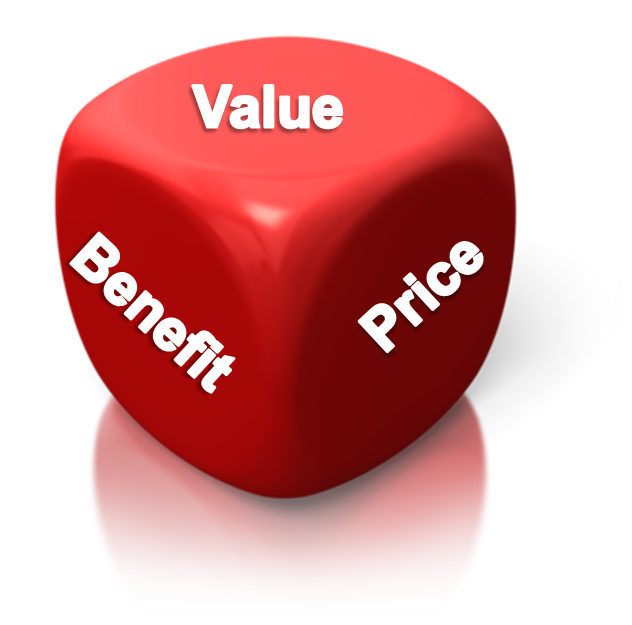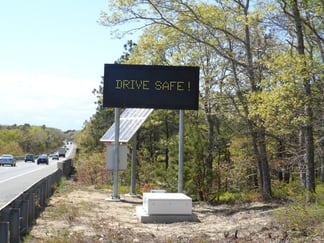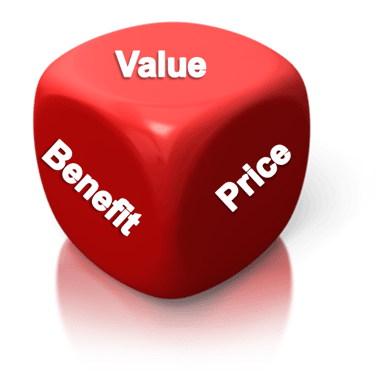
VMS Pricing vs Value: 7 Considerations When Assessing Your Priorities
 In the last 40 years, since dynamic messaging signs became an integral part of the U.S. highway’s persona, the industry has gone from flipping mechanically iridescent orange dots to advancing fiber optic designs, and now, LED lighting. With continued advancements in solar due to greater energy efficient design and product with ventilation or cooling systems are no longer necessary. Trending along with LED advancements is the critical need for agencies to maximize their purchasing power while still acquiring ITS devices that truly match their most recent concerns in the field and on paper. As a result agencies are looking towards value versus finding the lowest VMS pricing in contract assessments.
In the last 40 years, since dynamic messaging signs became an integral part of the U.S. highway’s persona, the industry has gone from flipping mechanically iridescent orange dots to advancing fiber optic designs, and now, LED lighting. With continued advancements in solar due to greater energy efficient design and product with ventilation or cooling systems are no longer necessary. Trending along with LED advancements is the critical need for agencies to maximize their purchasing power while still acquiring ITS devices that truly match their most recent concerns in the field and on paper. As a result agencies are looking towards value versus finding the lowest VMS pricing in contract assessments.
The importance of choosing
The common mistake of choosing the cheapest:
 For progressive agencies that once employed the lowest-price-available strategy, they all echo negative experiences in long term, problematic maintenance and design concerns long after the warranties have expired from these past purchasing arrangements. Additionally, any item on the sign added, not provided for, or altered after contract, can lead to paying more than market value after the contract is awarded. As a result, a five year contract can have a notable amount of hidden costs particularly if specified poorly or in the latter years of the contract.
For progressive agencies that once employed the lowest-price-available strategy, they all echo negative experiences in long term, problematic maintenance and design concerns long after the warranties have expired from these past purchasing arrangements. Additionally, any item on the sign added, not provided for, or altered after contract, can lead to paying more than market value after the contract is awarded. As a result, a five year contract can have a notable amount of hidden costs particularly if specified poorly or in the latter years of the contract.
Agencies often ask for longer warranties to decrease risk on the front end of ownership. While a positive step, it fails to create long term value and the maintenance burden of signs designed to be the least expensive still can carry forward long after the five years on a 20 year life cycle. Agencies have begun a holistic approach in sign acquisition both short and long term, looking for manufacturer relationships that encourage flexibility and change as the agencies move forward in both design and long term maintenance needs.
Here are key points when evaluating sign manufacturing standards and VMS pricing for provision. This could be done on a weighted points system, a percentage rating by fulfillment of need, subjective panel interview / review, or a combination of all three
Dynamic message sign purchasing
7 key evaluation points based on value vs low price:
- Pricing: Typically 20-35% of evaluation. This will balance price to actual value.
- Manufacturing history: Background in making similar signs. Longevity of product and company. Explanation of market niche over the years and currently. Product References- Balanced among product reliability, maintenance ease, parts availability, and final design to need.
- Product design: Comparative energy efficiency and luminosity to other manufacturer design. Provide samples of display boards, controllers, and cooling systems with their functionality of design explained thoroughly. Understand new technologies to be released.
- Maintenance: Ease, simplicity of design, parts availability, cooling system necessary. Manufacturer ability to support a maintenance program both from a part supply viewpoint or actual on-site follow up. Even the comprehension and implementation of preventative maintenance, troubleshooting and technical manuals should be graded from a field employee perspective. Past experience providing contracted maintenance support to an agency. In Europe where cost of ownership over the life of the sign is such a critical factor, manufacturer's who fail to meet standards are penalized for up to 5 years after the sign installation in payback costs
- Character references: Resumes of key personnel and experience with delivering on contracts. Ownership and business model. Will the manufacturer provide a supportive preventative maintenance initiative? Will they provide a maintenance program as a contractor? Experience? Are they involved in ITS chapter membership and if so, which chapters and their contributions to the ITS chapter membership.
- Product capability: Complete line items of signs to choose from for alternative applications including blank out signs, lane control signs, MUTCD signs, VSL signs. Custom signs. Retrofit upgrade of old signs. Additionally, Advancing Technologies and Product Development are important factors in determining committment to the ITS industry and the agencie's future investments. What are the changes, modifications, improvements, and new products offered in the last five years? What is planned in the coming months or years? Is the manufacturer techonolically progressive if so, how.
- Adaptability: Proof of requested successful design alterations for the client. Pilot program experiences, particularly in current concerns involving highway safety.
Conclusion
These and other variables can take on assorted importance depending on need and pain points from past experiences. All points require scrutiny by each agency department or supervisor affected.
I am interested in hearing experiences and feedback to add to the blog as an information source for others. Please comment and know these will be posted furthering the education of accurate and fair assessments to find the best value not solely the best price. Hugh difference!



